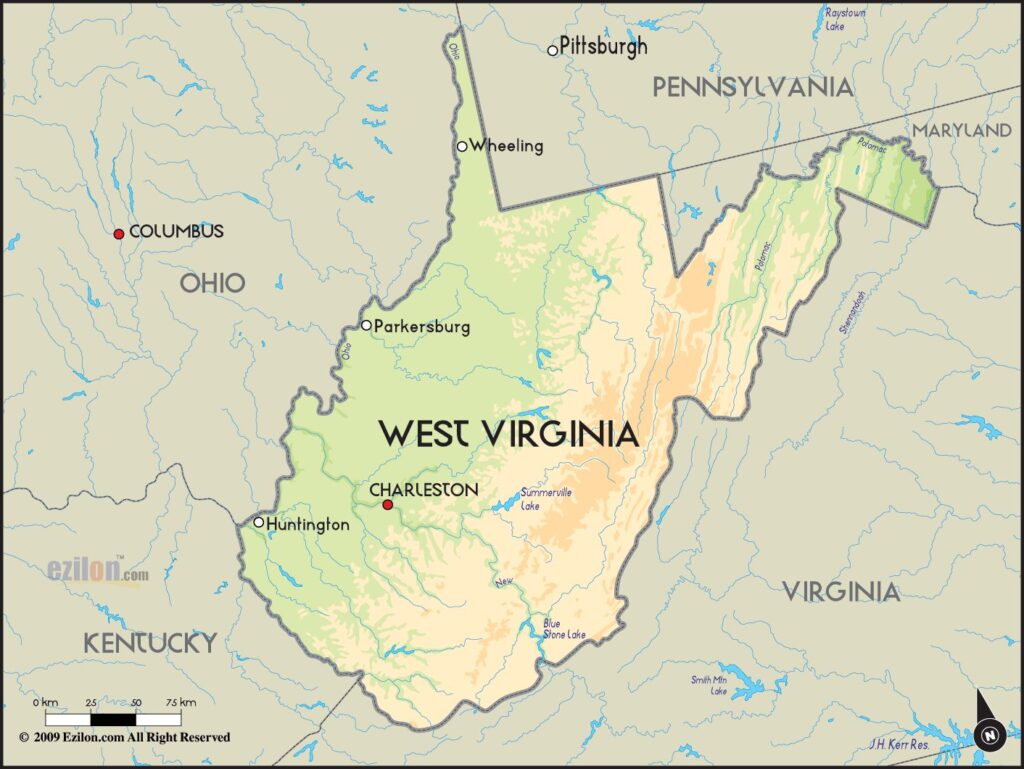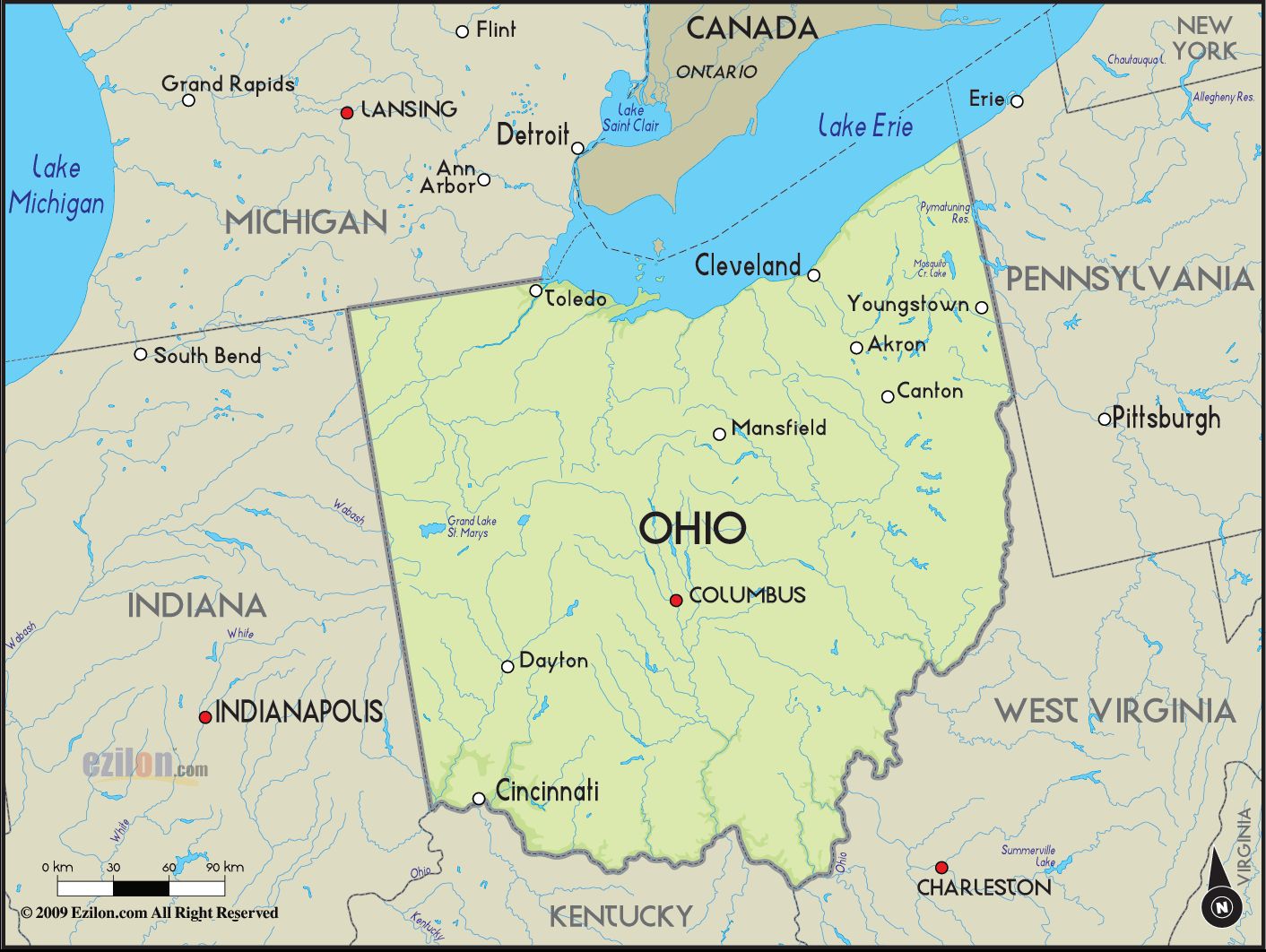
Saving for retirement stands as one of life’s most significant financial pursuits, yet for many Americans, it remains an uphill battle. Factors like recessions, persistent inflation, unexpected health issues, and salary constraints can severely hinder the ability to save early and consistently. It’s a sobering reality that a recent AARP survey found a striking 20% of respondents aged 50 and over reported having no retirement savings whatsoever, underscoring a widespread challenge in securing financial futures.
For current retirees without adequate savings, the reasons are often rooted in the daily grind. Over 50% cited everyday expenses as the primary financial obstacle, followed closely by housing costs (34%), debt payments (31%), unexpected expenses (18%), and healthcare expenses (16%). These figures paint a clear picture: immediate living costs frequently overshadow long-term financial planning, making the dream of a secure retirement feel distant for many.
If you find yourself questioning whether your current savings are sufficient, or if you’re on track to meet the minimum required for retirement in your state, you’re not alone. A recent comprehensive study by GOBankingRates offers invaluable insights, meticulously examining the annual cost of living, annual expenditures after factoring in Social Security, and crucially, the precise amount of savings needed to retire comfortably across all 50 states. This detailed breakdown provides a vital roadmap for anyone navigating the complex journey towards retirement.
1. **The Current State of Retirement Savings in America**: The challenge of accumulating sufficient retirement funds is a pervasive issue across the United States, with many individuals falling short of recommended targets. While financial advisors often suggest a nest egg of at least $1 million, the reality revealed by data is quite different. According to The Federal Reserve Survey of Consumer Finances 2022, the median retirement savings for those aged 54-64 stands at $185,000, with an average balance of $538,000. For those aged 65-74, the median nudges up to $200,000, and the average reaches $609,000. These figures, while seemingly substantial, are still a far cry from the commonly cited seven-figure goal, indicating a significant gap for a large segment of the population.
Further research from Personal Capital reinforces this disparity, revealing that not a single state boasts an average retirement balance even remotely close to the $1 million mark. Even Connecticut, the wealthiest state in terms of average retirement savings, barely tops $500,000 at $545,754, with Alaska and Vermont following closely. This highlights a critical national challenge where current savings levels often fall short of expert recommendations, potentially leaving many retirees heavily reliant on other income sources, most notably Social Security.
This dependency on Social Security becomes a precarious strategy given its projected future. The Social Security trust fund is anticipated to become insolvent by 2033. At that point, the fund’s continuing income is expected to fund just 79% of scheduled benefits, leading to a 21% reduction in payouts. With the average Social Security payout for retired workers at just $1,909.01 as of January 2024, such a reduction could leave many Americans with a substantial financial gap to bridge in their golden years, emphasizing the urgent need for robust personal savings plans.

2. **Understanding the Data: GOBankingRates’ Methodology and Key Metrics**: To truly grasp how much money is needed for retirement on a state-by-state basis, it’s essential to understand the rigorous methodology employed by the GOBankingRates study. This insightful analysis begins by calculating the annual cost of expenditures for a retired person in each state. This figure is derived by multiplying the “65 year and older expenditures” from the Bureau of Labor Statistics’ 2023 Consumer Expenditure Survey by the cost-of-living index for each state, as provided by the Missouri Economic Research and Information Center’s 2024 Q3 cost-of-living series. This comprehensive approach ensures that state-specific living costs are accurately reflected.
Once annual expenditures are determined, the study then factors in annual Social Security income, sourced from the Social Security Administration’s Monthly Statistical Snapshot, November 2024. This allows for the calculation of annual expenditures *after* Social Security benefits have been applied, giving a clearer picture of the remaining financial need. The final step involves determining total savings required: dividing each state’s annual expenditures (minus Social Security income) by .04, assuming retirees draw down 4% of savings yearly to cover living expenses. This 4% rule aims to ensure savings longevity.
All data underpinning this detailed analysis was meticulously collected and is up to date as of January 2, 2025. This commitment to recent and relevant data ensures that the savings figures presented are as accurate and actionable as possible for individuals planning their retirement. By understanding this robust methodology, readers can place greater confidence in the state-specific retirement savings recommendations, empowering more informed financial decisions for their future.
3. **The Allure of Lower Costs: States Where You Need the Least Savings to Retire**: For individuals with lower current savings or those simply seeking a more economical retirement lifestyle, focusing on states with a lower cost of living is a highly strategic approach. The GOBankingRates study identifies 30 states where the minimum savings needed for retirement are considerably less than elsewhere in the country. These states often present a compelling alternative to more expensive regions, allowing retirees to stretch their nest egg further and potentially enjoy a higher quality of life without constant financial pressure.
It’s no coincidence that many of these top-ranking states for lower savings needs frequently appear on lists of the cheapest places to live. These areas are characterized by more affordable housing, lower general consumer prices, and often more favorable tax environments for retirees. The prospect of living comfortably on less is a significant draw, enabling individuals to achieve financial independence in retirement sooner or with a smaller overall principal.
While a detailed breakdown of all 30 states is extensive, the general trend indicates that many of these locations offer a blend of economic advantages and a supportive environment for retirees. From attractive property taxes to a lack of certain “death taxes,” these states actively foster an environment where retirement savings can last longer, providing a pathway to financial peace of mind.

4. **West Virginia: Leading the Charge as America’s Most Affordable Retirement Destination**: If the goal is to retire with the absolute minimum in savings, West Virginia emerges as the undisputed frontrunner, requiring just $712,913. This figure is the lowest in the entire country, making it an exceptionally attractive option for those prioritizing financial efficiency. Its appeal is further solidified by Charleston, its state capital, which ranked 10th on Kiplinger’s list of The 25 Cheapest Places to Live: U.S. Cities Edition. Such recognition underscores the state’s pervasive affordability.
Beyond general cost of living, West Virginia boasts some of the country’s lowest property taxes, a significant financial advantage for homeowners in retirement. Furthermore, the absence of death taxes contributes to its financial attractiveness, ensuring legacies can be passed on without additional state levies. This combination of low property taxes and no death taxes, coupled with overall low living expenses, creates an environment where retirement funds can be preserved and utilized effectively.
The stark contrast with higher-cost states is particularly illustrative. Retirees in West Virginia need almost $1.5 million less in savings than those in Hawaii, the most expensive state for retirement. Housing costs in Charleston, for instance, are 38.7% below the national average, a stark difference from Honolulu, where costs soar to 102.6% above average. Even utilities contribute to West Virginia’s affordability, with residents paying 3.2% below the national average, while Hawaiians face charges that are 210% of the national average. These granular differences highlight why West Virginia stands out.

5. **Kansas and Mississippi: Unpacking Affordability in the Heartland**: Following closely behind West Virginia in terms of affordability for retirement are Kansas and Mississippi, ranking second and third respectively. Kansas requires $741,455 in minimum savings, with an annual cost of living of $52,095 and annual expenditures after Social Security of $29,658. Mississippi needs $753,472 in savings, with an annual cost of living of $52,576 and post-Social Security expenditures of $30,139. These states exemplify the broader trend of more economical living in the nation’s heartland and southern regions.
For retirees looking to stretch their dollars further while enjoying a comfortable lifestyle, these states offer compelling options that significantly reduce the financial burden compared to coastal or densely populated areas. They maintain consistently low figures across the board, making them viable choices for those who may not have accumulated a seven-figure nest egg but still aspire to a comfortable and financially secure retirement.
These states, along with others in the top tier of affordability, are often characterized by more modest housing markets, lower taxes, and a generally relaxed pace of life. They offer a counterbalance to the pressures of high-cost urban centers, demonstrating that a fulfilling retirement doesn’t necessarily demand exorbitant savings. Instead, strategic location choices can significantly alter the financial landscape, making retirement accessible to a wider demographic of Americans.

6. **Ohio and Pennsylvania: A Closer Look at Hidden Retirement Cost Variances**: Ohio and Pennsylvania share identical numbers in the GOBankingRates study for annual expenditures and minimum savings needs, each requiring $864,633 in savings with an annual cost of living of $57,023. While these top-line figures are the same, it’s crucial to understand that the underlying costs and financial implications for retirees can differ significantly between the two states. This highlights the importance of looking beyond summary statistics and delving into the specifics that truly impact a retiree’s budget.
For instance, the average cost of a home in Pennsylvania is $301,000, which is a considerable $52,400 more than in Ohio, where the average cost is $248,600. This substantial difference in housing prices can have a massive impact on a retiree’s initial capital outlay or ongoing housing costs. Such a variance suggests that while overall expenditures might equalize due to other factors, the specific composition of those expenses—especially a major one like housing—is far from comparable.
Furthermore, tax structures present another divergence. Pennsylvania is recognized as one of the top 10 tax-friendly states for retirees, potentially offering advantages on retirement income. However, it is also noted as one of the most expensive states to die in, implying higher estate or inheritance taxes. Ohio, in contrast, does not have an estate or inheritance tax, providing a different set of financial considerations for long-term estate planning. These nuances demonstrate that even when two states appear similar, a deeper dive reveals distinct financial landscapes.

7. **Alabama and Missouri: Strategic Choices for Cost-Conscious Retirees**: Alabama and Missouri represent further excellent choices for retirees seeking to maximize their savings in a lower-cost environment, ranking fifth and sixth respectively among states with the least savings needed. Alabama requires $773,000 in minimum savings, with an annual cost of living of $53,357 and annual expenditures after Social Security of $30,920. Missouri, very close behind, needs $776,005 in savings, with an annual cost of living of $53,477 and post-Social Security expenditures of $31,040. These figures underscore their consistent affordability and appeal for a financially prudent retirement.
The context also highlights that cities within such states, like Birmingham, Alabama, are recognized as some of the best cities for retirees to rent. This designation points to a combination of favorable rental markets, quality hospitals and doctors, and ample green space, all of which contribute to a high quality of life for seniors. The presence of retiree-friendly amenities in these areas further enhances their attractiveness, making them more than just economically viable, but also genuinely pleasant places to settle down.
Much like their counterparts in the list of most affordable states, Alabama and Missouri provide a balanced offering of low living expenses and desirable lifestyle factors. Their inclusion in this tier reinforces the idea that strategic geographic choices can dramatically alter the financial burden of retirement, allowing individuals to enjoy their non-working years with greater financial security and peace of mind. These states serve as strong reminders that a comfortable retirement doesn’t always necessitate moving to an expensive, high-profile location; often, the best value and quality of life can be found in less expected, but equally rewarding, places.
Navigating the path to retirement can feel like a labyrinth, with the previous section illuminating the more accessible routes in states requiring fewer savings. However, the journey also takes us through regions where the financial demands are significantly steeper, alongside a critical examination of how Americans are actually faring in their savings efforts. This next segment will pull back the curtain on the states where the cost of a comfortable retirement is at its peak, contrast actual savings against these ideal targets, and equip you with practical strategies to fortify your financial future, no matter where you plan to plant your retirement roots.

8. **The Steep Climb: States Requiring the Highest Retirement Savings**: While some states offer a gentle slope to retirement, others present a formidable financial mountain. The GOBankingRates study also meticulously identifies the 20 states where the minimum savings needed for retirement are considerably higher, often due to an extraordinary cost of living. These states frequently feature prominently on lists of the most expensive places to live, encompassing the 10 most expensive cities and the 15 most expensive housing markets across the country.
It’s a clear correlation: states with inflated daily expenses, from groceries to gasoline, and particularly exorbitant housing costs, naturally demand a larger nest egg to sustain a comfortable retirement lifestyle. For individuals eyeing these popular, yet costly, destinations for their golden years, a realistic understanding of these financial thresholds is paramount. This insight helps to set appropriate savings goals, or conversely, encourages a re-evaluation of location choices if current savings fall short.

9. **Hawaii: The Apex of Retirement Expenses**: Unsurprisingly, the idyllic Polynesian paradise of Hawaii claims the top spot for the highest minimum savings needed to retire, demanding a staggering $2,212,084. This figure dwarfs all others, painting a vivid picture of the financial commitment required to enjoy retirement in this island state. Its annual cost of living of $110,921 is a testament to its premium pricing, reflecting everything from consumer goods to services.
The stark contrast with West Virginia, the nation’s most affordable retirement destination, is truly illuminating. Retirees in Hawaii need almost $1.5 million more in savings than their counterparts in West Virginia. Housing costs in Honolulu, for example, soar to an astounding 102.6% above the national average, whereas Charleston, West Virginia, enjoys housing costs 38.7% below average. Even utility expenses highlight this divergence, with Hawaiians paying a shocking 210% of the national average, compared to West Virginians who pay 3.2% below it.
Despite its astronomical living costs, Hawaii presents one intriguing financial anomaly: it boasts the lowest property tax in the country, with an effective property tax rate of just 0.31% and an average annual tax paid of $3,685. While this offers some relief on one front, it’s clearly not enough to offset the overwhelming totality of other expenses, underscoring Hawaii’s position as a retirement destination exclusively for those with substantial financial reserves.

10. **Massachusetts, California, Alaska, and New York: The High-Cost Continuum**: Following closely behind Hawaii on the spectrum of high retirement costs are Massachusetts ($1,645,764 needed), California ($1,612,716 needed), Alaska ($1,292,753 needed), and New York ($1,292,753 needed). These states represent the next tier of financially demanding retirement locales, each presenting unique challenges and considerations for prospective retirees. Their inclusion on this list reinforces the notion that geographical location is a powerful determinant of retirement solvency.
Massachusetts and California, for instance, are renowned for their vibrant economies, cultural attractions, and, consequently, their high costs of living, particularly housing. New York, with its bustling metropolitan areas, mirrors this trend. Alaska, while offering rugged beauty and unique experiences, also comes with elevated expenses, often due to transportation costs for goods and services.
Beyond the general cost of living, specific tax policies in these states can further impact retirement finances. California, for example, stands out as the only state that fully taxes military retirement pay, adding an additional layer of financial consideration for a specific segment of the retiree population. This illustrates how a deep dive into state-specific tax laws is crucial for comprehensive retirement planning, especially in these higher-cost regions.

11. **Other Costly States and Critical Tax Considerations**: The list of states demanding high minimum savings for retirement extends beyond the top few, including New Jersey ($1,163,566), Vermont ($1,153,051), Washington ($1,145,540), Maine ($1,144,038), Arizona ($1,133,522), Rhode Island ($1,127,514), Connecticut ($1,116,998), New Hampshire ($1,113,994), Oregon ($1,091,462), Utah ($1,083,951), Colorado ($981,803), Florida ($977,296), Idaho ($971,288), Virginia ($948,755), and Delaware ($944,248). These states collectively represent a significant portion of the country where a robust retirement fund is essential.
A key aspect of retirement planning in these regions involves understanding their complex tax landscapes. Several of these states are identified as among the “worst states to retire in for taxes” when considering retirement income and property tax bills. Specifically, Connecticut, Massachusetts, New Jersey, New York, Rhode Island, Utah, and Vermont fall into this category, alongside California previously mentioned. This means that even if you manage to accumulate the necessary savings, a significant portion could be eroded by state taxation.
Furthermore, a subset of these states continues to tax Social Security benefits, adding another layer of financial burden. Colorado, Connecticut, Rhode Island, Utah, and Vermont are five of the nine states that still levy taxes on Social Security benefits. For retirees heavily reliant on this income source, this can significantly diminish their monthly take-home pay, underscoring the importance of factoring in all potential tax implications when choosing a retirement location.

12. **The Hard Truth: Actual Retirement Savings vs. The Ideal**: The aspirations of a comfortable retirement often clash with the sobering reality of current savings. While financial advisors frequently advocate for a nest egg of at least $1 million, data reveals a stark contrast. According to The Federal Reserve Survey of Consumer Finances 2022, the median retirement savings for individuals aged 54-64 stands at a modest $185,000, with an average balance of $538,000. For the 65-74 age group, these figures slightly increase to a median of $200,000 and an average of $609,000. These numbers are a significant distance from the commonly recommended seven-figure goal, indicating a substantial gap for a large segment of the population.
Further reinforcing this national shortfall, research from Personal Capital indicates that not a single state boasts an average retirement balance even remotely approaching the $1 million mark. Even Connecticut, which holds the title for the wealthiest state in terms of average retirement savings, barely tops $500,000 at $545,754, with Alaska ($503,822) and Vermont ($494,569) following closely. At the other end of the spectrum, North Dakota’s average retirement savings stand as the lowest in the country, at $319,609. This stark disparity underscores the pervasive challenge of achieving financial independence in retirement for many Americans.
Interestingly, insights from Empower Personal Dashboard™ data as of September 2024 offer a slightly different lens, showing the average 401(k) balance at $293,695, jumping to $583,231 for those in their 50s. This data also highlights regional differences, with East Coasters seemingly tucking away more funds than those on the West Coast. States like Alaska and New Hampshire are noted for their tax-friendly environments, which can undoubtedly influence savings capacity. However, the overarching theme remains consistent: current average savings levels are often far below the expert recommendations, necessitating a proactive approach to financial planning.

13. **Common Pitfalls and The Precarious Future of Social Security**: Even with diligent saving, certain common pitfalls can derail retirement plans. According to the Natixis 2022 Financial Professionals Report, among the most frequent mistakes are underestimating the impact of inflation (49% of respondents), underestimating life expectancy (47%), and overestimating investment income (42%). These errors can lead to a significant miscalculation of required funds, leaving retirees vulnerable to unforeseen financial pressures as they age.
The reliance on Social Security, a common strategy for many, presents a particularly precarious situation. The Social Security trust fund is projected to become insolvent by 2033. At that critical juncture, the fund’s ongoing income is expected to cover only 79% of scheduled benefits, resulting in a substantial 21% reduction in payouts. Given that the average Social Security payout for retired workers was a modest $1,909.01 as of January 2024, such a reduction could leave countless Americans facing a severe financial deficit in their golden years, underscoring the urgency of building robust personal savings.
Moreover, the low participation rate in American retirement accounts exacerbates the problem. The Federal Reserve’s Survey of Consumer Finances revealed that only 54% of Americans had a retirement account in 2022, meaning nearly half had no dedicated retirement savings at all. This lack of engagement, coupled with the potential reduction in Social Security benefits, creates a formidable challenge for ensuring a secure and comfortable retirement for a large segment of the population.

Consider the powerful impact of deferring your retirement date, even by just a few years. Working longer provides you with more time to earn income, enabling larger contributions to your investment accounts, which in turn have more years to compound and grow in value. An extended working career can also potentially boost your ultimate Social Security benefit, as it’s partially calculated based on your 35 highest-earearning years. Moreover, intentionally delaying the filing for Social Security benefits past the current full retirement age of 67 can significantly increase your payout by 8% per month for each year, up until age 70. These combined strategies can dramatically improve the quality and security of your retirement lifestyle.
Securing your ideal retirement is not merely a dream, but a tangible goal within reach through diligent planning and strategic action. While the financial landscape of the US presents both challenges and opportunities across its diverse states, understanding these nuances empowers you to make informed decisions tailored to your unique circumstances. Whether you choose to settle in a low-cost haven or navigate the complexities of a high-expense area, the key lies in maximizing your savings, utilizing available tax advantages, and making thoughtful choices that align with your long-term vision. The journey may require adjustments and perseverance, but with a clear plan, your golden years can indeed be a time of financial peace and freedom.





